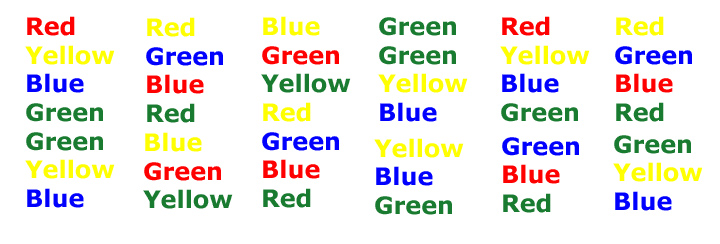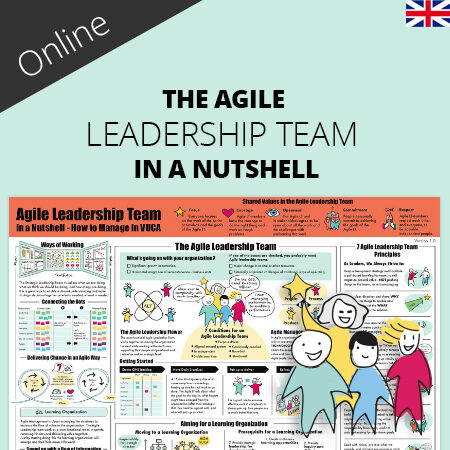Guest Blog Post by Staffan Nöteberg
Concentrating on one task at a time increases our ability to be productive. To do so, we must be exceptional at focusing, which requires a suitable environment. We must create favorable conditions that encourage us to focus – that is, monotasking by design.
What’s the first thing you think of when someone mentions monotasking? You may think of a Stroop test. Color names such as red, blue, and green are presented in font colors that differ from the meaning of the word. For example, RED is written in green font. When the facilitator prompts you to say the color of the font (green), the brain typically reads the text: “RED.”

6 different areas for productivity
To become great monotaskers, we must zoom out. How do we create a work environment that does not tempt the brain to switch back and forth between tasks? I considered this while conducting research for my book on monotasking and I found six different areas that set the stage for productivity:
Cut Down on Tasks to Do: Our brain makes us think that we’re unusually busy right now, but will have plenty of time in a few weeks. However, a few weeks later, our calendars are full again. This inconsistency prompts us to take on too many tasks. Furthermore, the long to-do list cries for attention and disturbs our current task.
Focus on One Task Now: It’s difficult to focus on more than one thing at a time. When we think we are multitasking, we are actually continuously task switching. Research shows that this slows us down, causes more mistakes, and makes us forget good ideas. We even get angrier.
Never Procrastinate: We know exactly which task to start with when we enter the office in the morning. But first, we have to get a cup of coffee. And why not browse the web before beginning? We also need to answer a few emails before starting that first task. And on, and on, and on.
Progress Incrementally: By slicing off small, viable deliverables from that big task, we receive feedback earlier. Then, the problem description may evolve as we learn, resulting in more valuable deliverables. Slicing in this way may seem difficult for some types of tasks. However, there are techniques to support our creativity.
Simplify Cooperation: When stakeholders, colleagues, and suppliers have the wrong expectations, they interrupt us more. Smooth collaboration is key for our productivity. Monotasking is based on an abundance mentality, transparent prioritization, and the right to change our plans when we discover that we will not achieve what we said we would.
Recharge Creative Thinking: It’s hard for us to be creative when we do not come to work as our best selves. Research shows that sleep, exercise, and eating habits affect our ability to focus, perhaps more than we like to think.
Take the next step and become more productive!
We have both a free seminar and two diffrent trainings coming up. These events are fun and engaging. We will learn about concrete methods and the research behind them. Each session includes both theory and experiential learning. The exercises we do together will lead us to new insights.
Free Breakfast Seminar (in Swedish) – Stockholm September 20
1 Full Day Training On Site (in Swedish) – Stockholm October 25
2 Half Days Training Online (in English) – November 15 & 17



